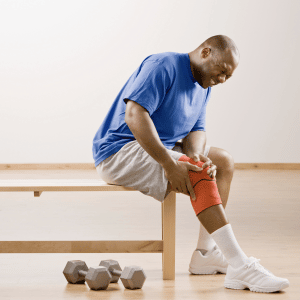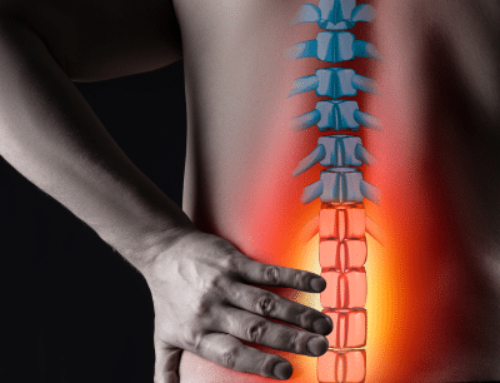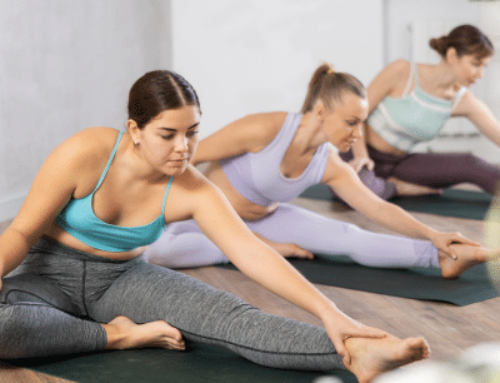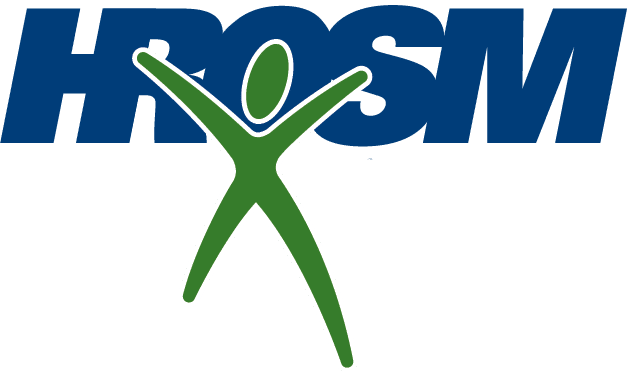
Understanding Orthopedic Injuries
Orthopedic injuries encompass a wide range of conditions that affect the musculoskeletal system, including bones, muscles, ligaments, tendons, and joints. These injuries can result from various factors, including overuse, poor technique, lack of conditioning, and even accidents during gameplay. In the context of indoor sports, the most common orthopedic injuries include sprains, strains, fractures, and dislocations.
- Sprains and Strains
Sprains involve the stretching or tearing of ligaments, which connect bone to bone, while strains involve damage to muscles or tendons. In indoor sports, these injuries often occur due to sudden movements, awkward landings, or collisions with other players. Sprained ankles and strained muscles are frequent examples of these injuries.
- Fractures
Fractures, or broken bones, can occur when players fall or collide with each other or the playing surface. Stress fractures are also common among athletes who repeatedly engage in high-impact indoor sports like basketball, where constant jumping and landing can put immense strain on the bones over time.
- Dislocations
Dislocations involve the separation of bones from their normal positions in a joint. This can happen during forceful impacts or sudden twisting motions. In indoor sports like volleyball or wrestling, dislocations of the shoulder or finger joints can occur.
Preventing Orthopedic Injuries
To minimize the risk of orthopedic injuries during indoor sports, individuals should consider the following precautions:
- Warm-up: Always start with a proper warm-up routine to prepare the muscles and joints for physical activity.
- Technique: Learn and practice proper techniques for your chosen sport to reduce the risk of injuries caused by poor form.
- Conditioning: Maintain good physical conditioning to improve strength and endurance, which can help prevent injuries.
- Protective gear: Wear appropriate protective gear, such as knee pads or ankle braces, to support vulnerable areas.
- Rest and recovery: Allow the body adequate time to rest and recover between sessions to prevent overuse injuries.
Understanding these potential risks and taking preventive measures can help athletes enjoy their favorite indoor sports while minimizing the chances of sustaining injuries. By prioritizing safety and proper training, individuals can continue to reap the rewards of indoor sports without compromising their orthopedic health.
If you suffer from a sports orthopedic injury, contact Hampton Roads Orthopaedics Spine & Sports Medicine. Our team of expert providers are ready to help you get back to doing what you love.






